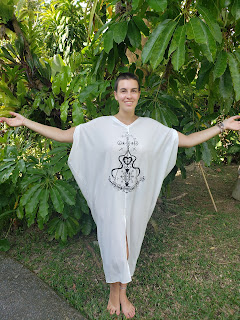Slow Fashion part 2 !
Slow Fashion is a unified representation of all the “sustainable”, “eco”, “green”, and “ethical” fashion movements. It encourages education about the garment industry’s connection and impact on the environment and depleting resources, slowing of the supply chain to reduce excess number of trends/seasons and to encourage local quality production.
A different sort of approach is picking up steam in the fashion industry. It’s a different kind of business model where designers respect the rights of workers and the environment while still producing beautiful and conscientious clothing. This is slow fashion.
Slow fashion brings designers, retailers, and consumers together through an awareness of our clothing’s impact on the environment and the people that make it. In this way, it’s truly about living better.
Do you know (an amazing statistic) only 2 percent of the clothing Americans throw away every year are actually worn out? Well, I think I can tell you a little about that, counting the amount of clothes, I came across people do throw out and some still with their price tag attached.
Tell me something how many times do you rummaging around in your closet looking for something to wear and then occurred to you that you have given, thrown away a lot of clothes over the past years.
Darn, you’d love to have some of those items back don't you, and if not the items themselves the time it took for you to shop, clean, and manage them into your wardrobe.
I bet you wonder who’s wearing those clothes now and sometimes even answer "I wish, I were"
The slow fashion practices include:
- Buying secondhand/vintage/thrift/charity clothing and consigning/donating your unwanted garments.
- Choosing artisan products to support smaller business/fair trade/or locally made.
- Choosing sustainable clothing made with sustainable/recycled fabrics and/or is ethically made.
- Choosing quality garments that will last longer, transcend trends style, and/or be repairable.









Comments